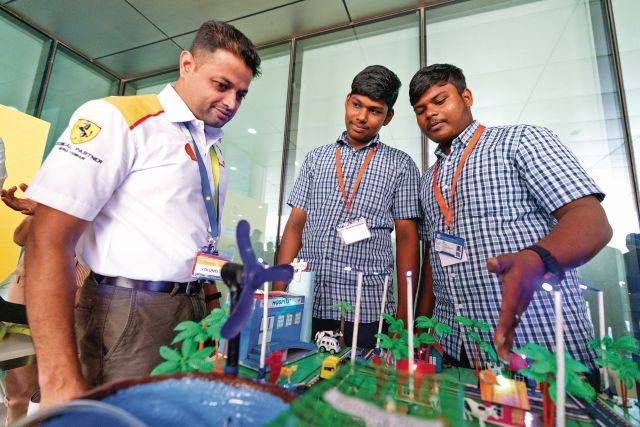Shell’s “Make the Future Live” was back for its second stint in the country and it only got better
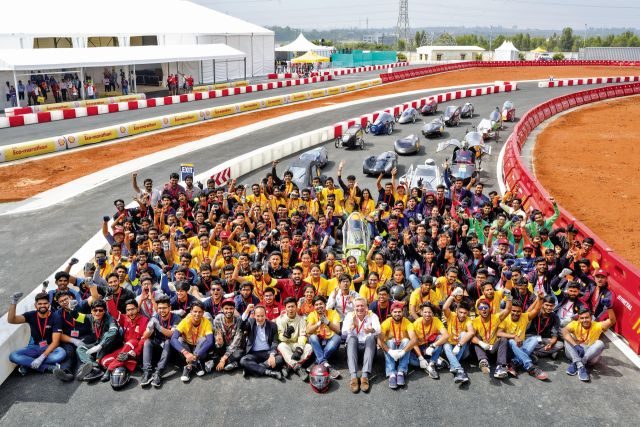
Story: Joshua Varghese
Photography: Shell
Following a successful début in India last year, Shell India conducted another “Make the Future Live” event; this time in the bustling metropolis of Bengaluru. To be precise, within the grounds of the Shell Technology Centre Bengaluru (STCB). This was for the first time ever that this competition was held in a Shell facility.

“Make the Future Live” is a conglomeration of platforms for students, industrialists, and companies to contribute ideas and solutions to solve the impending energy crisis. The highlight of this event is, of course, the Shell Eco-marathon. This decades-old, global-level competition challenges college students to design, build, and run energy-efficient vehicles around a test track. I must urge you not to think lightly of it because the current Asia record achieved by students from a Thai university in 2012 is a mind-blowing 2,903 km/litre. To put things into perspective, that’s almost the distance from Delhi to Kanyakumari!
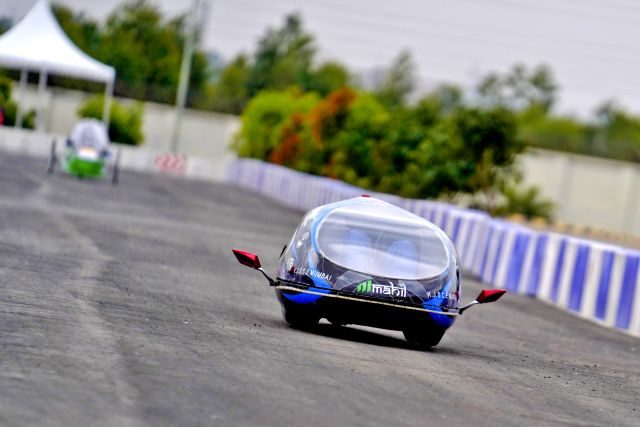
To participate in the Eco-marathon, students have to choose between two vehicle types: the sleek, aerodynamic Prototype and the road-friendly Urban Concept. Choice of propulsion is split between internal combustion engines and electric powertrains. This year, a total of 24 teams were present to battle it out on the track. Speaking of which, this time around, Shell India decided to build their own track using their newly developed bitumen compound, called “Shell Bitumen FreshAir”, that reduces six of the seven pollutants produced when roads are laid by as much as 40 per cent. The track itself was a fairly challenging circuit with both flowing and tight corners, a chicane, and even elevation changes. I got a chance to experience the track when I drove the Shell Prototype car around it.

The aerodynamic Prototypes are designed to be as close to the ground as possible and I discovered the pain of squeezing into one when it was my turn to drive. You lie down on the vehicle’s floor rather than “sit” in the driver’s seat. Once latched into the safety harness, the lightweight shell was latched into place. When doing fuel-efficiency runs, the students usually power down the main straight and build up speed until the first corner. Then they switch off the ignition and coast as far as possible before repeating the drill again. Quite oblivious to the fact that I was permitted only one lap, I did no such thing and did a quick reconnaissance of the track, only to be flagged in at the end of the lap. Later in the day, I was told that legendary Formula 1 drivers, including Michael Schumacher, had driven identical cars at other Eco-marathons around the world and that he had even set an admirable record in terms of fuel efficiency, reinforcing the fact that there may just be nothing that Schumacher cannot do in a car.
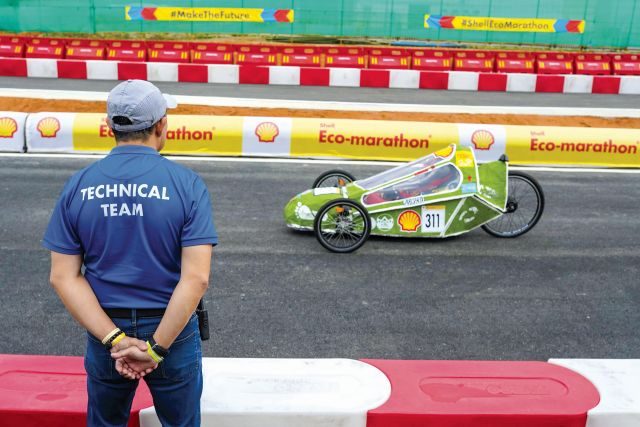
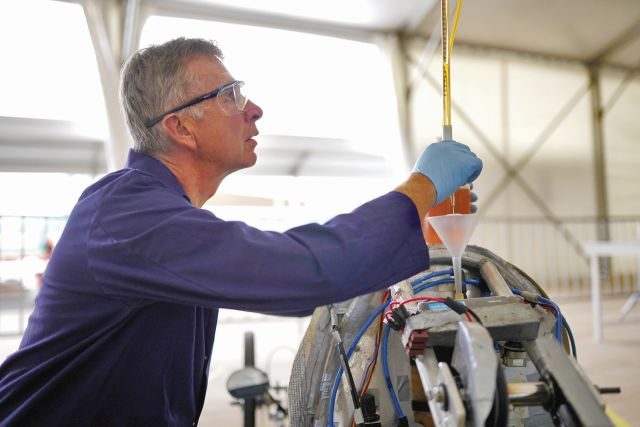
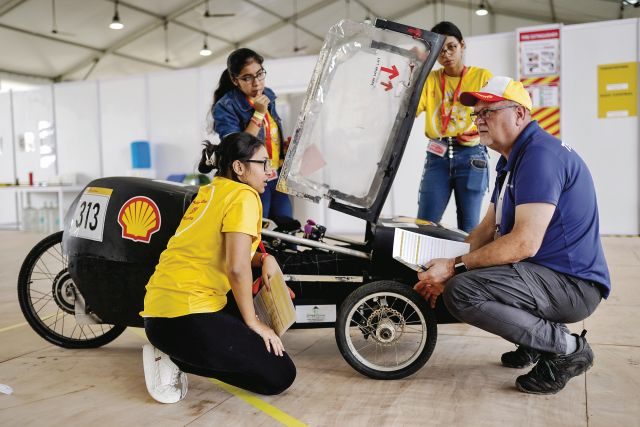
Driving on the track was not easy for the students, though. They were granted access only after passing a strict technical inspection. After passing the inspection, the teams had to complete a certain number of laps within a specified time to register a valid figure for the fuel-efficiency run. Off the track, the students are also fully responsible for funding, designing, and fabricating their respective cars. On the bright side, having overcome this challenge, nothing else will seem tough for these youngsters for the remainder of their time as students.
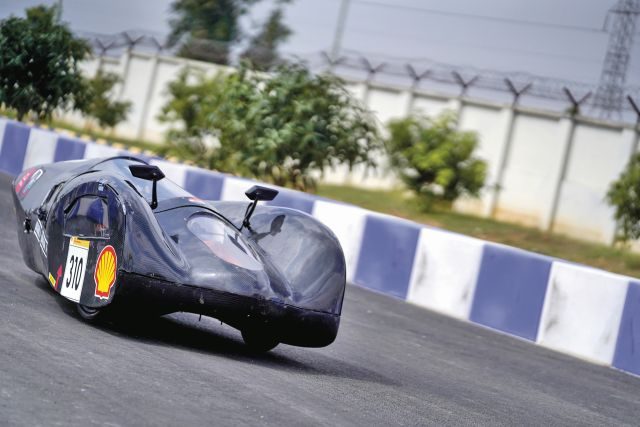
Defending champions in the Battery Electric Prototype category, Team Averera from the Indian Institute of Technology – Banaras Hindu University, were among the first to qualify for the on-track tests. Within the next few hours, more teams followed suit and the track was a beehive of activity. When the results were announced, Team Averera cheered the loudest because they were once again crowned the champions of the Eco-marathon. They led the Battery Electric Prototype category with an impressive 387.9 km/kWh, surpassing their own record set the previous year. The top spot in the ICE (Internal Combustion Engine) Prototype category was won by Team ETA from K J Somaiya College of Engineering who managed 268.7 km/litre. DTU Supermileage from Delhi Technological University registered 141.4 km/litre in the ICE Urban Concept category and won the first prize. Each of these teams received a cash prize of Rs 3 lakh.
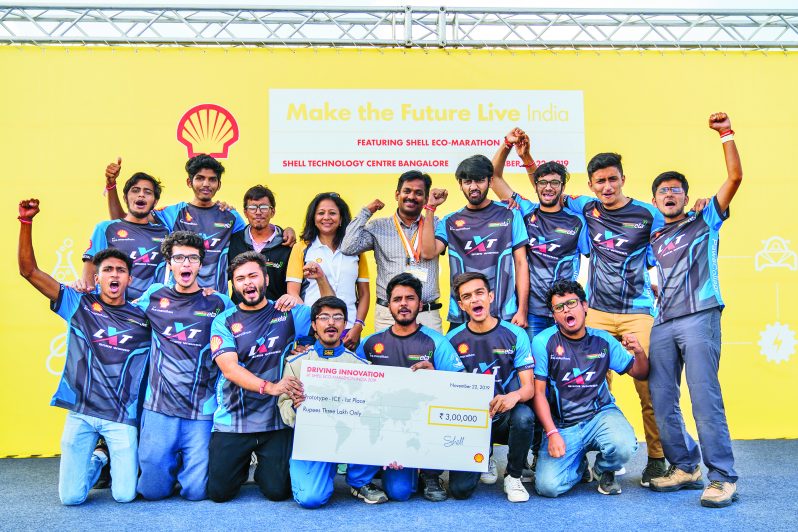
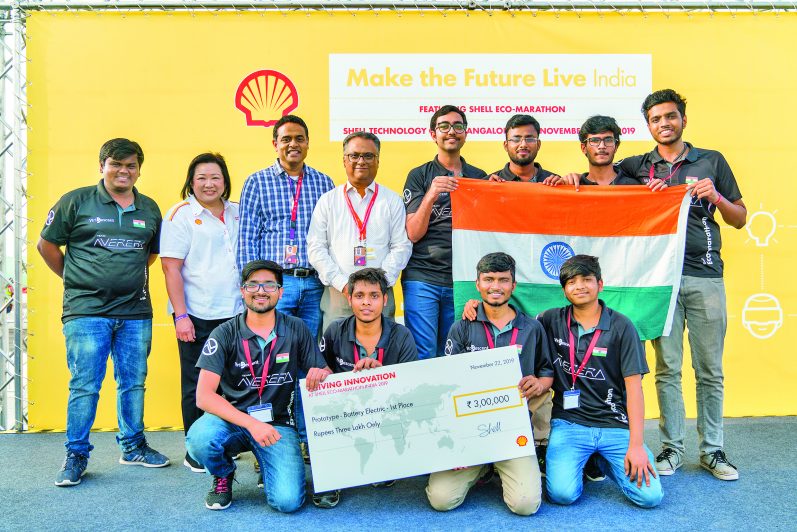

In addition to the Eco-marathon, “Make the Future Live” also hosted Powering Progress Together Forum, Business Showcase, Nxplorers, and Shell E4 (an accelerator programme for start-ups). Of these, the Nxplorers programme caught my attention because it is aimed at encouraging school students to pursue the STEM stream of education and actively contribute towards developing solutions for the food-water-energy nexus. By making children also a part of their journey towards clean energy, Shell are certainly on the right track to make a better tomorrow.


